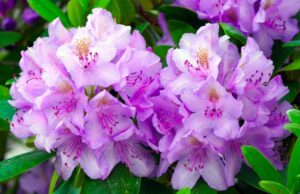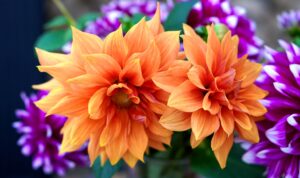Beets are an excellent quick growing root crop that offers many culinary uses, and they have a good nutritional profile. The beetroot is rich in antioxidants and betaines, which can help maintain cardiovascular health. Along with the edible roots, beet greens are also quite delicious, which allows for complete utilization of this versatile crop.
There are many varieties of beets available from the classic dark red beets to the golden yellow beets, with a more subdued flavor. Some beet varieties are bred specifically for the production of greens.
Buy Beet Seeds Online
| Image | Name | Rating | Shop |
|---|---|---|---|
 | Seed Needs, Rainbow Beet Mixture | ||
 | Organic Beet Seeds Early Wonder Tall Top Beet |
Beetroot Planting Season
Beets should be started in a cool climate. In hot conditions, the roots may end up being tough and fibrous. The best time of year to plant beet seeds is early Spring when the soil temperature is 50 degrees Fahrenheit (10 Celsius). Beets can handle a few unexpected early touches of frost, but care should be taken to protect the plants from prolonged cold weather. If a second fall crop of beets is to be planted, you should wait until the temperature outside is about 75 degrees Fahrenheit (24 Celsius) and there is at least thirty days before your first frost.
Planting Beets

Soil for Beets
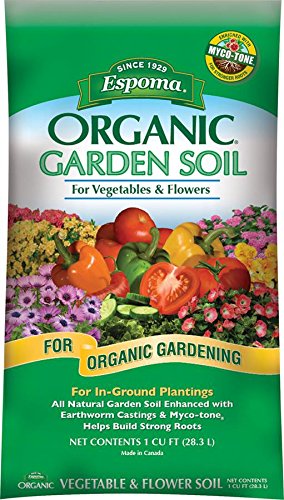
When planting beets, you should make sure the soil (Buy Online) is free of rocks and debris, which can cause beet roots to become deformed and misshapen. Till the soil well, while mixing in compost and other soil amendments, as beets prefer a loose sandy soil structure that is rich in potassium and boron.
Do Beets Need Full Sun?
Plant beets in full sun, because beets will not yield well in light shade. You can inter-mix beets with other fast-growing spring crops, such as radishes because the radishes will be harvested just as the beets are starting to become fully established. In order to give your beet seeds a head start, you should soak them overnight in a bowl of warm water. This procedure will soften the hard shell of the seeds, making it easier for them to germinate.
Beet Planting Depth & Beet Plant Spacing
Plant the seeds at a depth of 1/3 of an inch (.8 cm) and 2 to 3 inches (5.1 to 7.6 cm) apart in rows that are spaced 12 to 18 inches (30.5 to 45.7 cm) apart. If on the other hand, you are planting in an intensive or raised bed, then the seeds should be about 11 inches (30 cm) apart and equally spaced.
How Much Water Do Beets Need?
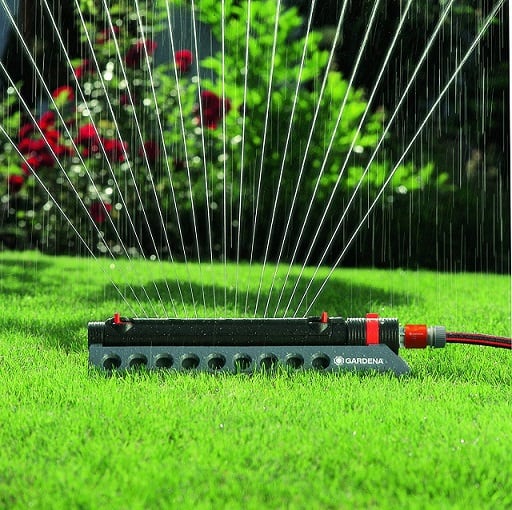
Water the seeds after planting and make sure to keep watering the plants daily, until the emergence of seedlings 3 to 5 days later. Then reduce your watering schedule to about every 10 days in dry conditions; otherwise, beets should do well with regular rainfall.
Thinning Beets
Since a beet seed is really not an individual seed, but a cluster of seeds, then thinning will have to be done shortly after all the seeds have germinated. Make sure there are at least 3 inches (7.6 cm) between each plant. If this spacing is not maintained, then the beets will not yield healthy robust roots.
Growing and Harvesting Beets
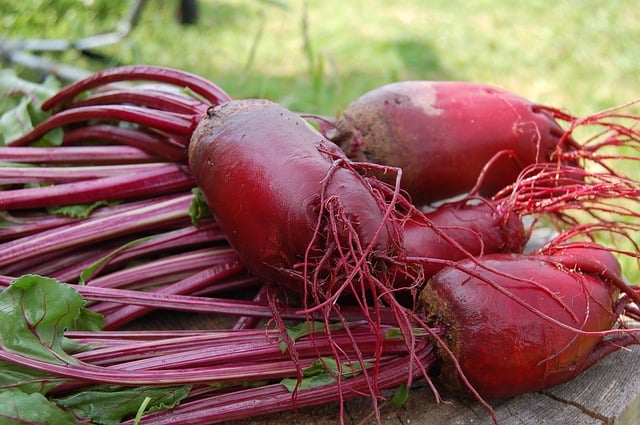
What Nutrients Do Beets Need to Grow?
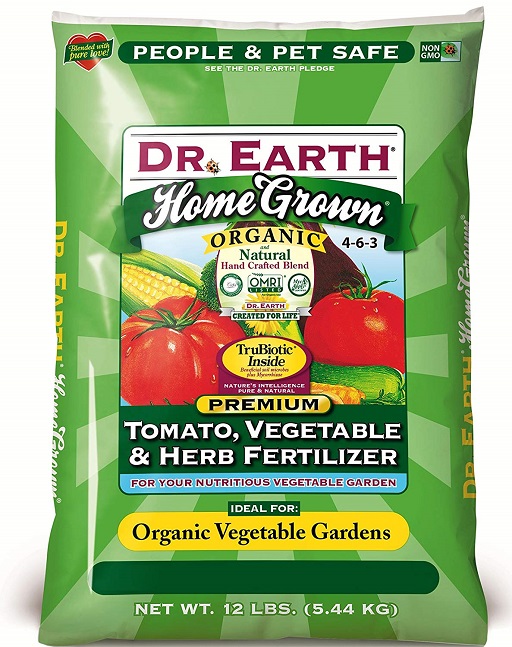
Fertilize your beds with a complete fertilizer (Buy Online Free Shipping) such as 10-10-10, if your soil is of good quality. If you see any signs of nutrient deficiency, then add an extra dose of nitrogen fertilizer and/or a liquid fertilizer that is high in trace nutrients. Early on in the beets’ development, weeds can pose a problem by overcrowding the seedlings and sapping nutrients from the plant.
Cultivating Beets
It is best to hand weed at this stage since beets are planted close to each other. Be careful not to pull up any seedlings as you remove the surrounding weeds. If possible, a light mulch will help suppress weeds and enhance moisture retention in the soil, allowing the beet plants to thrive and minimizing the effort of hand weeding. If a continued harvest is desired, you can also keep planting new seeds every two weeks until the weather gets too hot to produce a quality beet crop.
Harvesting Beet Greens
Beet greens can be harvested early on in the season, so be sure to choose young tender leaves no taller than 4 to 5 inches (10 to 12 cm). Use a sharp blade or scissors to make a clean cut at he the base of the leaf, trying to leave the center new leaves in place, so the plant can continue its growth. The best time to harvest beets is when they are young and tender. While older plants might yield more, the texture of the roots might be less appetizing.
Harvesting Beetroot
The beet roots are ready for harvest when they are 1 to 3 inches in diameter (2.5 to 7.5 cm). Pull the plants up gently from the soil, while knocking off any residual soil; then twist the greens off at about 1 inch (2.5 cm) above the root; and, finally, clean the root off with cool water. Beets can be stored in the refrigerator or root cellar for a few months.



